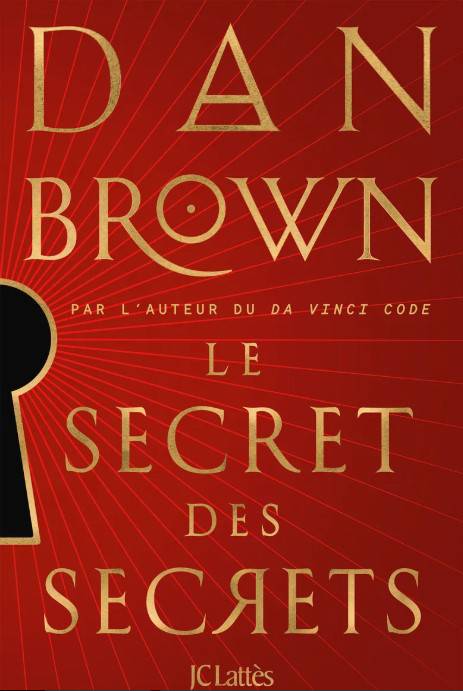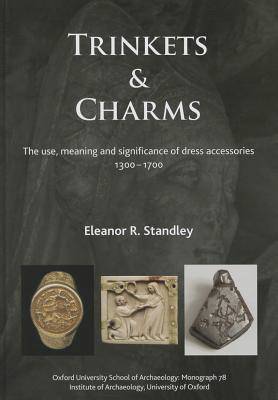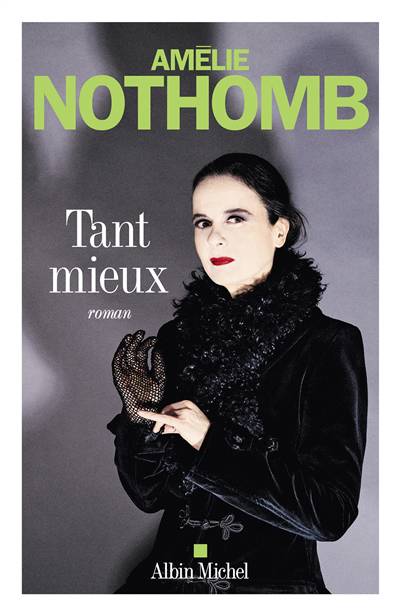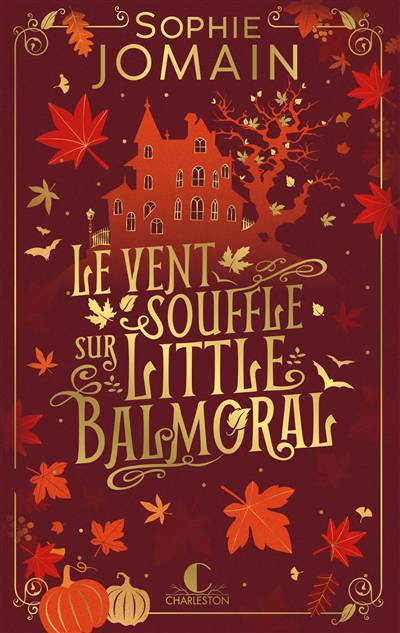
- Retrait gratuit dans votre magasin Club
- 7.000.000 titres dans notre catalogue
- Payer en toute sécurité
- Toujours un magasin près de chez vous
- Retrait gratuit dans votre magasin Club
- 7.000.0000 titres dans notre catalogue
- Payer en toute sécurité
- Toujours un magasin près de chez vous
Trinkets and Charms
The Use, Meaning and Significance of Dress Accessories, Ad 1300-1700
Eleanor Rose Standley
48,95 €
+ 97 points
Description
This publication presents a study of a wide range of evidence to reveal the use and meaning of dress accessories in daily life in two regions of Britain, c. AD 1300-1700. Dress accessory evidence from a variety of sites is brought together to reveal how the small personal possessions were highly significant objects and held important meanings for their owners. The archaeological finds that form the basis of the study vary from large, elaborate gold rings to small, simple copper alloy lace ends, and have been collated from excavated archives and the Portable Antiquities Scheme (PAS). The material is drawn from the eastern Anglo-Scottish and southern Anglo-Welsh border regions. A wide range of archaeological data is investigated alongside other evidence, namely contemporary artistic depictions, wills and literature.
Standley investigates the accessories found in urban locations, rural villages and religious institutions within the two regions to understand the significance of the assemblages at these site types. Then the focus narrows to the exploration of the life-histories of individual accessories or types of objects, and their role in daily life. In the main body of the study the dress accessories are examined within themed chapters that follow a life-cycle from the forming of relationships and romance, to death and burial.
The results reveal the relative homogenous nature of dress accessories within and between the two regions, differences and similarities in the types of objects found at different site types, and the potential of PAS data. The interdisciplinary study successfully marries contemporary evidence to help place the personal possessions into their context of use in the past. It also highlights how dress accessories are integral to our study of sexuality, memory and death, among other subjects, in the medieval period.
Standley investigates the accessories found in urban locations, rural villages and religious institutions within the two regions to understand the significance of the assemblages at these site types. Then the focus narrows to the exploration of the life-histories of individual accessories or types of objects, and their role in daily life. In the main body of the study the dress accessories are examined within themed chapters that follow a life-cycle from the forming of relationships and romance, to death and burial.
The results reveal the relative homogenous nature of dress accessories within and between the two regions, differences and similarities in the types of objects found at different site types, and the potential of PAS data. The interdisciplinary study successfully marries contemporary evidence to help place the personal possessions into their context of use in the past. It also highlights how dress accessories are integral to our study of sexuality, memory and death, among other subjects, in the medieval period.
Spécifications
Parties prenantes
- Auteur(s) :
- Editeur:
Contenu
- Nombre de pages :
- 140
- Langue:
- Anglais
- Collection :
Caractéristiques
- EAN:
- 9781905905300
- Date de parution :
- 28-10-13
- Format:
- Livre relié
- Format numérique:
- Genaaid
- Dimensions :
- 211 mm x 297 mm
- Poids :
- 929 g

Les avis
Nous publions uniquement les avis qui respectent les conditions requises. Consultez nos conditions pour les avis.






